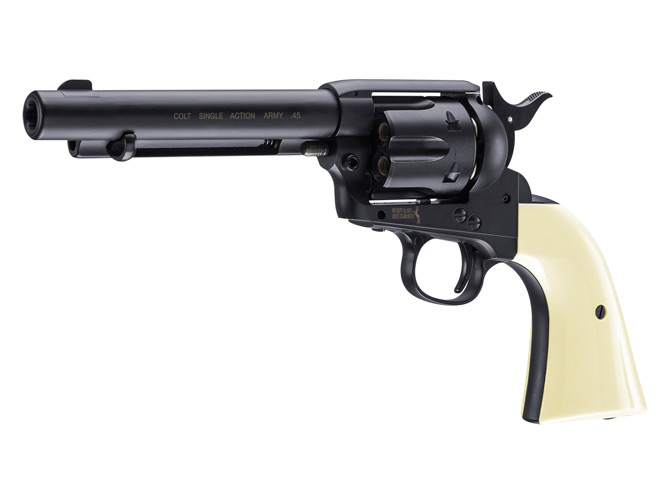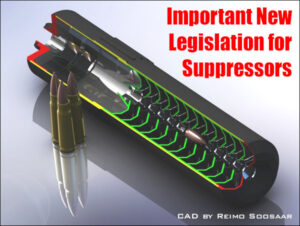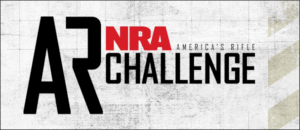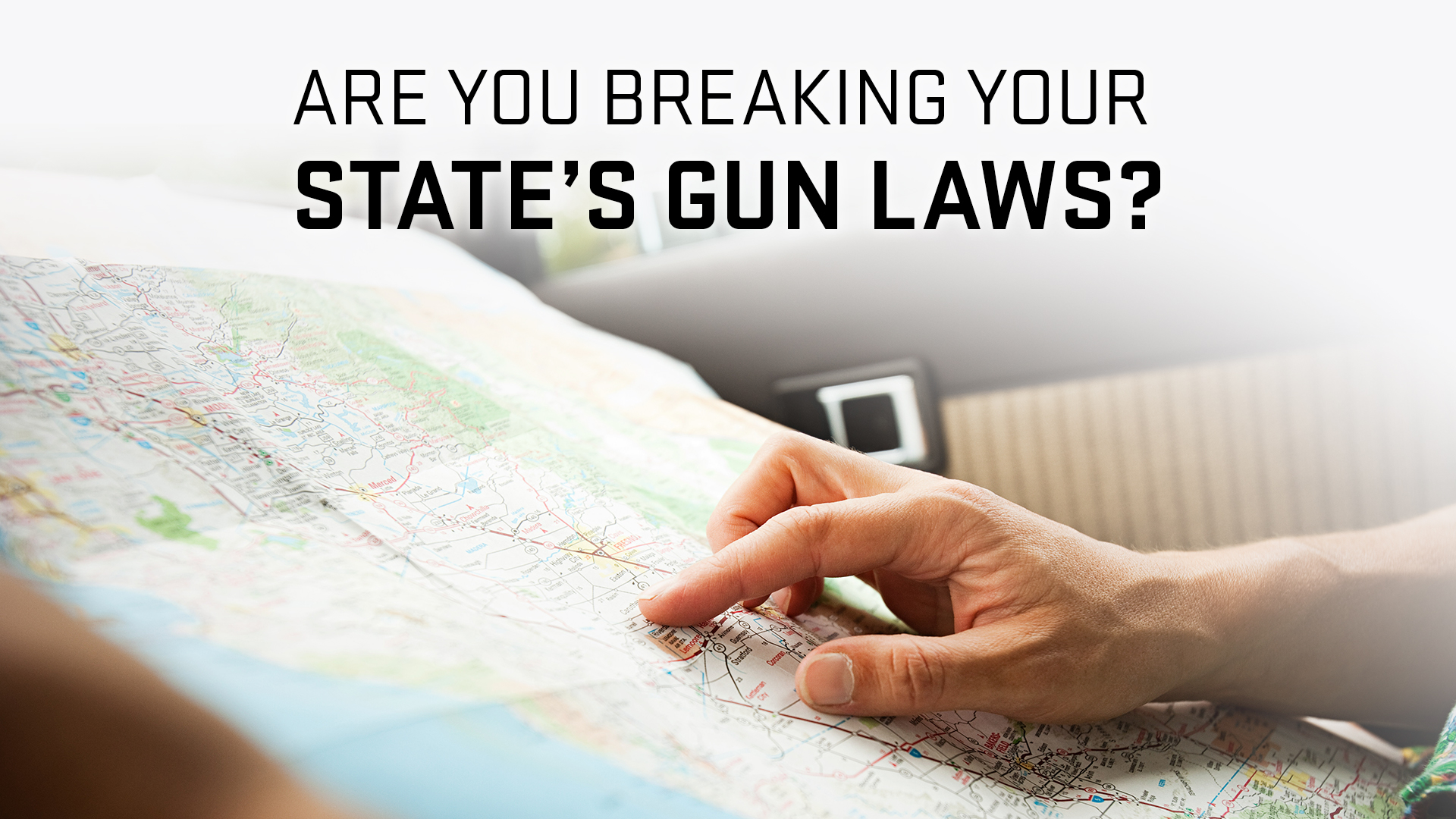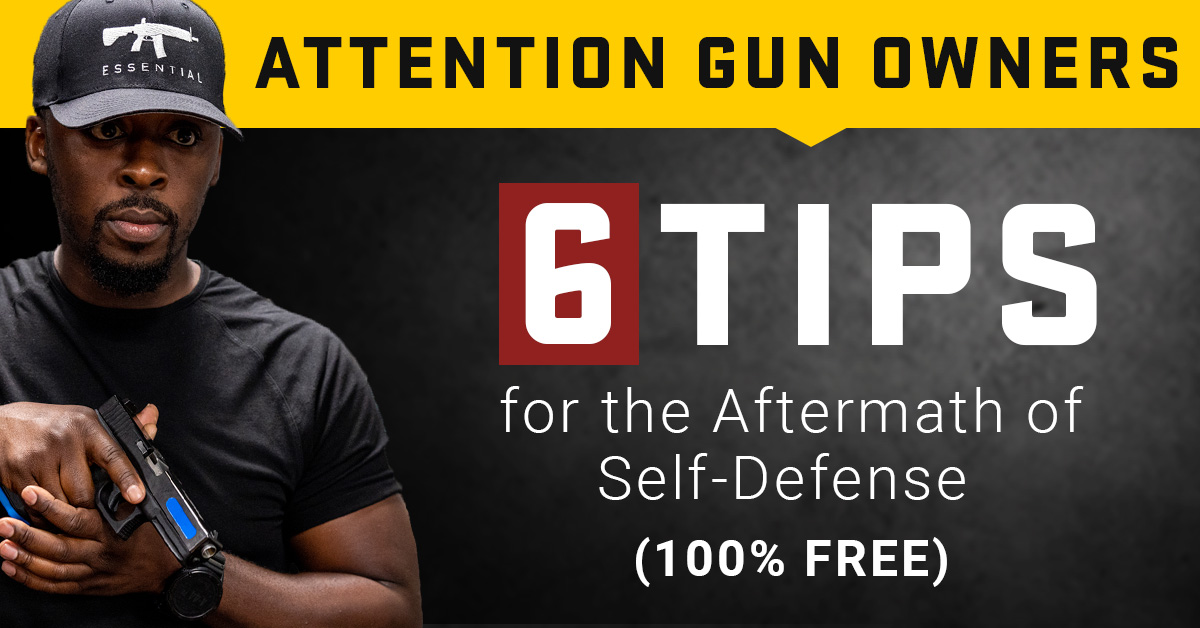Many shooters consider a revolver their first handgun purchase. It is easy to use and a great choice for self-defense. We took the time to explain how revolvers work, as there are new shooters every day.
A Quick History of the Revolver
Let’s start in the 19th century. This is where it all began. Samuel Colt was the first to patent the revolving (and repeated) pistol. His competitors Horace Smith, Daniel Wesson and Daniel Wesson purchased the rights for a “bored through” revolving cylindrical for a Rollin White pistol to go along with their patent on self contained ammunition cartridges. Colt’s patent was expired in 1856. Smith and Wesson launched Volcanic Repeating Arms in 1852 and sold it to Oliver Winchester 1855. This helped finance the famous revolver company that bears the names of the men.
Other gun companies emerged as firearm patents expired and continued to improve technology, metallurgy and chemistry. Today’s revolver was the result of this.
(Photo by Umarex
How do revolvers work?
It is easy to understand how revolvers work.
1. The revolver’s trigger is pulled and the revolver hammer is pulled backwards*. This rotates the revolver cylinder. This aligns the gun’s barrel with the chamber.
2. The hammer is released when the trigger is pulled all of the way back. The cartridge primer is ignited by the firing pin, which is located on the hammer. The propellant ignites and gas is released, which causes pressure to release the bullet.
3. Once all chambers have been empty, the shooter opens and pushes the ejector rod. This will release the spent casings.
4. Reload the chambers, and you can go again!
What are Revolver Actions?
Single-Action Revolvers
Start with single-action revolvers to learn more about revolvers. This revolver was the first to require the shooter manually cock the hammer before pulling the trigger. To fire each shot, users must manually cock their hammer. This makes the cylinder spin and allows the user to place an unfired cartridge in the barrel. After all rounds have been fired, the loading gate opens, revealing the spent cartridge case. The empty case is removed from the cylinder using an ejector rod. The cylinder is then rotated manually to expose the next empty cartridge. This process continues until all cylinders have been empty. To fire the gun again, insert new cartridges into each empty chamber.
Double-Action Revolvers
The “double-action” revolver has a similar design but offers a second firing method. Double-action mode allows the trigger to rotate the cylinder, cock the hammer and release the hammer. Double-action mode is more complicated to operate and requires more trigger-finger force in order to fire the gun. Double-action revolvers that only fire in this mode have hidden hammers.
You might be more interested in semi-automatic handguns if revolvers don’t appeal to you. It doesn’t matter what your choice is, it doesn’t hurt to learn about firearms.
*This applies to double action revolvers. Single-action revolvers must be manually cocked.
Continue Reading
Are you still having trouble finding what you were looking?
Search
How Revolvers Work appeared originally on Personal Defense World.
